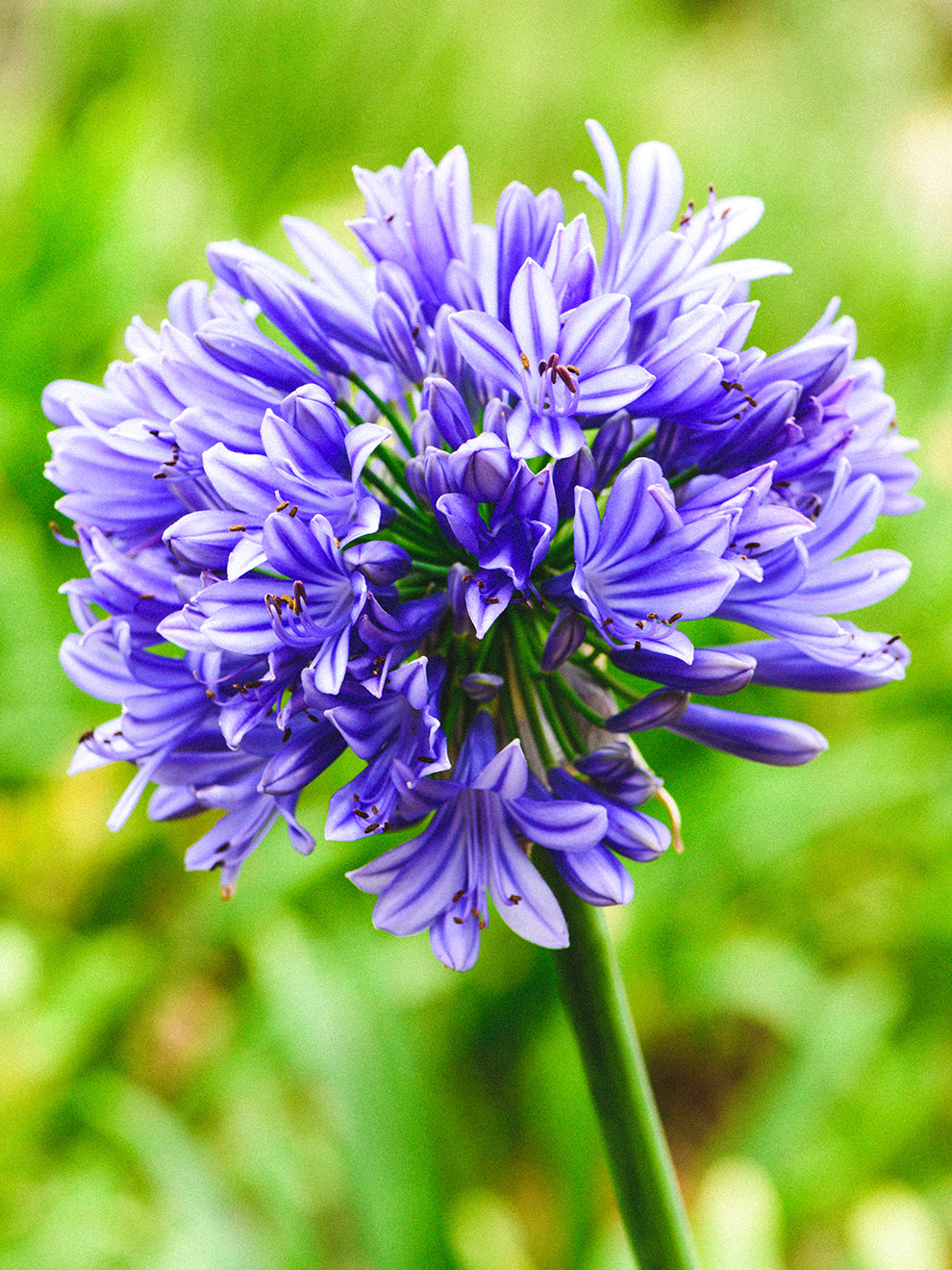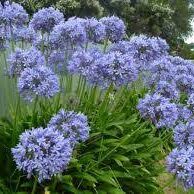Common Agapanthus Issues and Exactly How to Address Them
Common Agapanthus Issues and Exactly How to Address Them
Blog Article
Unleashing the Secret to Effective Agapanthus Growing: Idea for a Flourishing Garden
In the realm of horticulture, cultivating agapanthus effectively calls for a strategic method that encompasses various aspects of plant care. By comprehending the subtleties of agapanthus cultivation, one can create an atmosphere where these plants prosper and bloom generously.
Planting Agapanthus: Ideal Practices
When growing Agapanthus, appropriate dirt prep work is vital for making sure successful development and advancement of these beautiful flowers. Agapanthus, generally called Lily of the Nile or African lily, prospers in well-draining soil with a slightly acidic to neutral pH level - Agapanthus. Before growing, it is critical to amend heavy clay soils with raw material such as garden compost or peat moss to enhance drainage and give essential nutrients for the plants
To plant Agapanthus, select an area that gets full sunlight to partial color, as this will advertise healthy and balanced development and plentiful flowering. Dig a hole two times the size of the plant's origin ball and position the Agapanthus at the very same deepness it was previously growing. Carefully backfill the hole with dirt, pushing down firmly to remove any kind of air pockets around the roots.
Water the newly planted Agapanthus thoroughly and continue to maintain the dirt evenly moist, particularly throughout the plant's energetic growing season. Agapanthus. Applying a well balanced fertilizer once a month can further sustain the plant's development and blooming. By following these finest techniques for planting Agapanthus, you can produce a spectacular screen of these captivating flowers in your garden
Perfect Dirt Issues for Agapanthus
For optimal growth and growing success of Agapanthus plants, guaranteeing the dirt conditions are excellent is crucial. Agapanthus prefers dirt that is rich in nutrients, so including a balanced plant food throughout the expanding period can advertise healthy and balanced development and vivid blossoms.

Watering and Fertilizing Tips
To guarantee healthy development and dynamic flowers, proper watering and fertilizing methods are vital for effective Agapanthus cultivation. Agapanthus plants gain from regular watering, particularly throughout the expanding season. It is suggested to water deeply when a week, making sure the soil is wet yet not waterlogged. During heat or in pots, even more frequent watering may be necessary to avoid the soil from drying out completely.
When it involves feeding Agapanthus, a well balanced fertilizer with equivalent parts nitrogen, phosphorus, and potassium can be applied in the spring to advertise healthy growth and blooming. Slow-release plant foods are perfect for providing nutrients slowly over a prolonged duration. Stay clear of over-fertilizing, as this can result in too much vegetation development at the expenditure of flowers.
Additionally, including natural issue like compost into the soil can boost nutrient degrees and improve soil framework, helping in the general health of the Agapanthus plants. By adhering to these watering and fertilizing pointers, garden enthusiasts can ensure their Agapanthus plants thrive and create spectacular displays of blossoms.
Pruning and Deadheading Methods
Proper trimming and deadheading techniques play an essential role in keeping the health and wellness and looks of Agapanthus plants, complementing the essential practices of watering and fertilizing for successful cultivation. Trimming Agapanthus includes getting rid of spent flower heads, dead or yellowing fallen leaves, and general shaping of the plant to advertise much better development. Deadheading, the procedure of getting rid of discolored blossoms, not only boosts the plant's appearance however also urges further blooming.
When deadheading Agapanthus, it is a good idea to clip off the blossom stem at the base utilizing sharp, clean shears. This procedure reroutes the plant's power from seed manufacturing back into origin and vegetation development, promoting a much healthier and a check over here lot more durable plant. Normal deadheading can extend the blooming period of Agapanthus and prevent self-seeding, which can cause overcrowding.
In regards to trimming, Agapanthus generally gain from a light trim after flowering to clean up the plant and encourage fresh growth. Reducing the invested flower stems and eliminating any type of dead or broken vegetation aids keep the plant's vitality and total appearance. Nonetheless, it is necessary to prevent cutting right into the crown of the plant, as this can damage its health and wellness.

Protecting Agapanthus From Pests and Diseases
Implementing effective pest and condition management strategies is essential to safeguarding the health and vitality of Agapanthus plants in farming. One typical pest that influences Agapanthus is the Agapanthus borer, a caterpillar that tunnels right into the plant, triggering damage to the fallen leaves and blossoms.
In enhancement to insects, Agapanthus are susceptible to diseases such as root rot and fungal leaf places. By remaining alert and addressing insect and condition concerns immediately, garden enthusiasts can aid their Agapanthus prosper and prosper.

Verdict
Finally, successful cultivation of agapanthus calls for appropriate planting techniques, suitable soil problems, appropriate watering and fertilizing, routine trimming and deadheading, and defense from pests and diseases. By complying with these techniques and tips, gardeners can ensure a flourishing garden loaded with gorgeous agapanthus blooms. Agapanthus. Keep in mind to maintain consistent care and focus to information to promote the health and longevity of these stunning plants
When growing Agapanthus, correct dirt preparation is vital for ensuring successful development and development of these beautiful blossoms.Water the recently planted Agapanthus thoroughly and proceed to maintain the dirt evenly damp, specifically during the plant's energetic growing period.For ideal use this link growth and flowering success of Agapanthus plants, making sure the dirt conditions are ideal is essential. When planting or hair transplanting Agapanthus, make sure the dirt is well-prepared to provide the necessary structure for the plants to establish themselves efficiently. One common parasite that impacts Agapanthus is the Agapanthus borer, a caterpillar that tunnels into the plant, causing important source damages to the fallen leaves and flowers.
Report this page